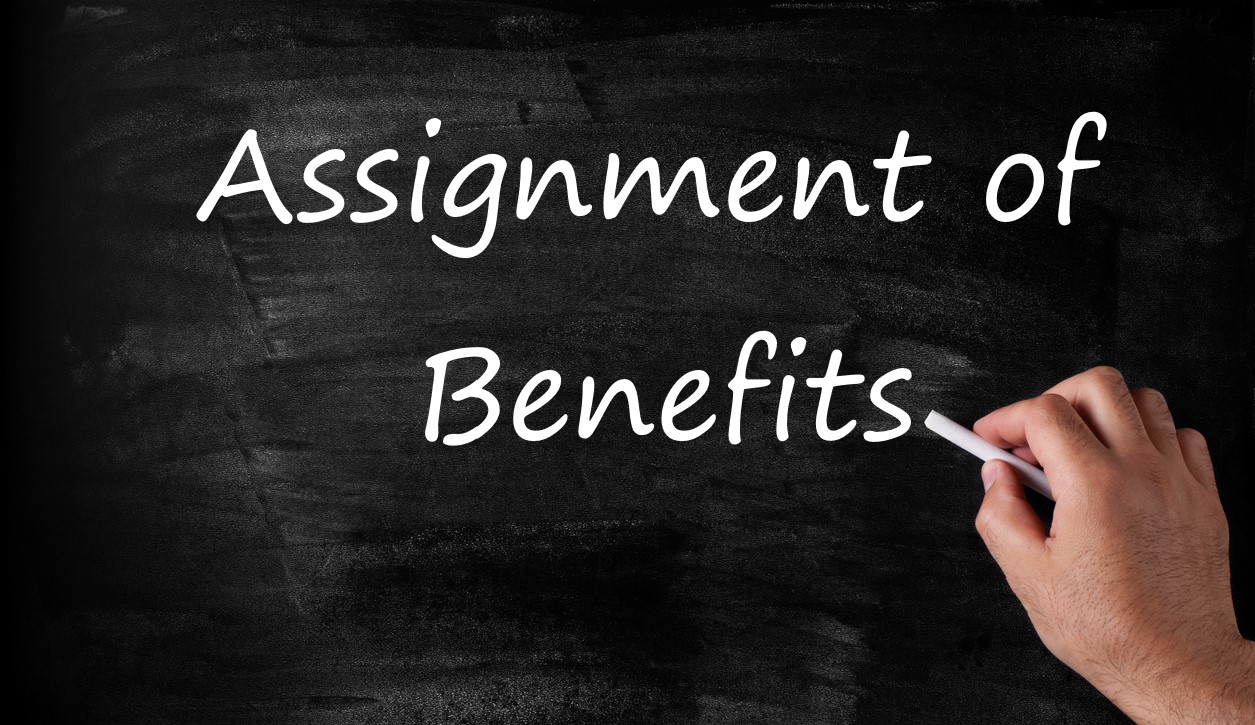Insurance adjusters rely on many things to evaluate claims, including case law and industry publications. In this post, I explore how industry publications define the terms “specified perils” and “falling objects” to understand how those terms apply even to rare situations, like losses caused by meteor strikes or space debris. As you’ll see, insurance adjusters should rely less on case law and more on industry publications to make some of their determinations.
What Is a Specified Peril?
Today, the term “specified peril” is used to refer to those “named perils” specifically listed and covered by an insurance policy. This is in contrast to an “all-risk” or “open peril” policy, which theoretically covers all risks except those specifically excluded.
However, different industry publications give different definitions of “specified perils,” and it can be useful to compare them to better understand the term in question. For instance, when you go to the International Risk Management Institute (IRMI) website, and search under “insurance definitions,” the entry for “specified perils coverage” is: “an obsolete auto physical damage term.”
However, no less an authoritative treatise than the third edition of Property Loss Adjusting published by The Institutes states that the term “Specified-Perils Coverage” is synonymous with “named perils coverage.” It defines the term as being “a loss covered only if the policy identifies the cause of the loss (or peril).” Thus, named perils and specified perils are likely the same thing.
This is how most adjusters use the term today: Personal property is still mostly insured under a “named perils” basis, as discussed in Is Loss to Frozen Embryos Covered? A Case Study in Named Perils Coverage for Personal Property.
Specified Perils in Collapse Coverage
But in fact, we need to get even more specific, since many property adjusters are referring to “specified perils” as those listed named perils specifically afforded coverage in the collapse coverage of the policy. And collapse coverage typically references another section of named perils that can cause collapse in a personal property policy.
In other words, most adjusters have a very particular list of specified perils in mind for collapse coverage. These are:
- Fire or lightning
- Windstorm or hail
- Explosion
- Riot or civil commotion
- Aircraft
- Vehicles
- Smoke
- Vandalism or malicious mischief
- Theft
- Falling objects
- Weight of ice, snow, or sleet
- Accidental discharge or overflow of water or steam
- Sudden and accidental tearing apart, cracking, burning, or bulging
- Freezing
- Sudden and accidental damage from artificially generated electrical current
- Volcanic eruption
What Are “Falling Objects”?
“Falling objects” typically refers to perils that come from above; it is not, however, clearly defined. This is in contrast to “specified perils,” which as we saw above, are the named perils specifically listed in the insurance policy. While falling objects are named as a specified peril in many policies, the term remains vague.
In this previous post, we saw that falling trees and limbs fit the definition of “falling objects.” But how else might “falling objects” coverage be defined?
Judges and most insurance company lawyers are going to look up case law for the answer, which provides a narrow view of the insurance field stemming only from what has gone wrong. Remember, case law is the result of disputes, sometimes from bad faith acting on the part of insurance companies. Remember my adage: Why would anybody learn how to practice medicine by reading legal cases about medical malpractice? The same goes for insurance: Why should we try to first learn about insurance and how it’s supposed to work by reading insurance cases?
Instead, property insurance adjusters need to invest in trade publications about insurance and treatises written by property insurance practitioners. The expertise provided by current practitioners is a much better guide than case law for how the practice of insurance adjusting works.
One such publication is the third edition of Property Loss Adjusting, where it was noted that “much of the damage caused by falling objects is covered under the vandalism, windstorm, aircraft, and lightning perils.” Other perils, it says, must be named specifically (and also make a hole in the structure) to be covered.
Are Meteors and Space Debris “Falling Objects”?
As pointed out by an article published by Adjuster’s International, 5 Odd Perils Most Standard Insurance Policies Cover, typically “the only perils you will not be covered from are those listed as exclusions.” This is the case for most standard insurance policies, which are often “open perils” policies. The article continues to clarify that “meteorites, trees, space debris, airplane debris and any other falling objects from the sky would typically be covered” under most standard policies.
The Insurance Information Institute must have gotten enough questions from the public about getting hit by an asteroid or other space debris to clarify their stance on things falling from the sky causing damage or injury. It discussed this scenario in the article, Am I insured against asteroids, meteors, and falling satellites?:
Asteroid debris has been known to strike the planet, posing a risk to life and property.
While the likelihood of actually getting struck by a satellite, a meteor or an asteroid is extremely rare, the good news is that if one of these falling objects does hit you, your home, your car or your place of business, you would likely be financially protected by insurance.
Falling objects — including satellites, asteroids, meteors and space debris — are covered under standard homeowners and business insurance policies. These would cover the damage that the falling object causes to the structure of the home or business, as well as to property or belongings that are also damaged or destroyed as a result.
And if such space debris were to hit a car or even a person, damage to the car or person would be covered under auto and health insurance, respectively. The bottom line is that “specified perils” are those that are listed and named in the insurance policy. “Falling objects” coverage is not defined but seems to indicate anything that is causing damage from above.
Common Causes of Loss That Aren’t Covered by Insurance
It’s always critical to read your policy carefully. Too many people see the words “all risk” then assume they’re covered. Common causes of loss that aren’t covered are often listed in your policy but typically include things like:
- Intentional acts by the policyholder
- War
- Terrorism
- Neglect
- Earthquakes (sometimes, depending on the geographical area)
- Fungal growth
- Flood
Further Resources on Insurance Coverage Law
Navigating the complexities of insurance claims can feel overwhelming. Whether you’re facing unpaid claims or simply filing for the first time, our eBooks equip you with the crucial information you need to advocate for yourself with confidence.
- Filing A Property Insurance Claim
- Insurance Company Response Time
- What To Do When You Have a Denied/Underpaid Claim
- Wildfire Claims
- Flood Claims Handbook
- More Information on Hurricane Deductible and Policy Limits
- Condominium Hurricane Preparedness
Why Merlin?
Are you fighting an insurance company that won’t pay up on claims? With nearly 40 years of practice and $2 billion in recovered claims, our team stands by your side to ensure you can face any insurance challenge with confidence. Contact us today for a consultation, or read more about how we’re your trusted advocate.




